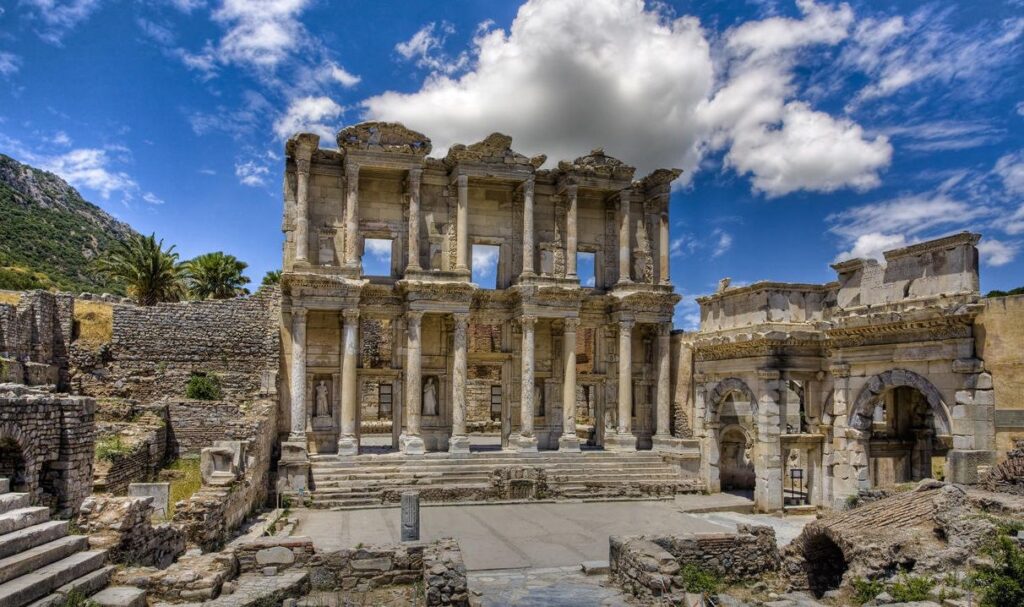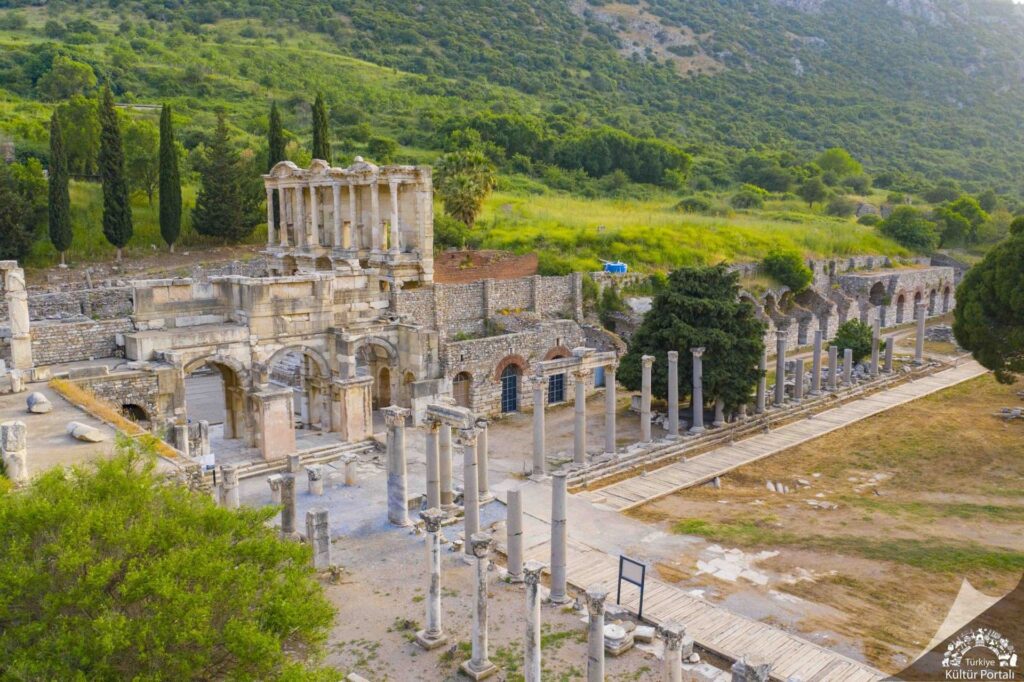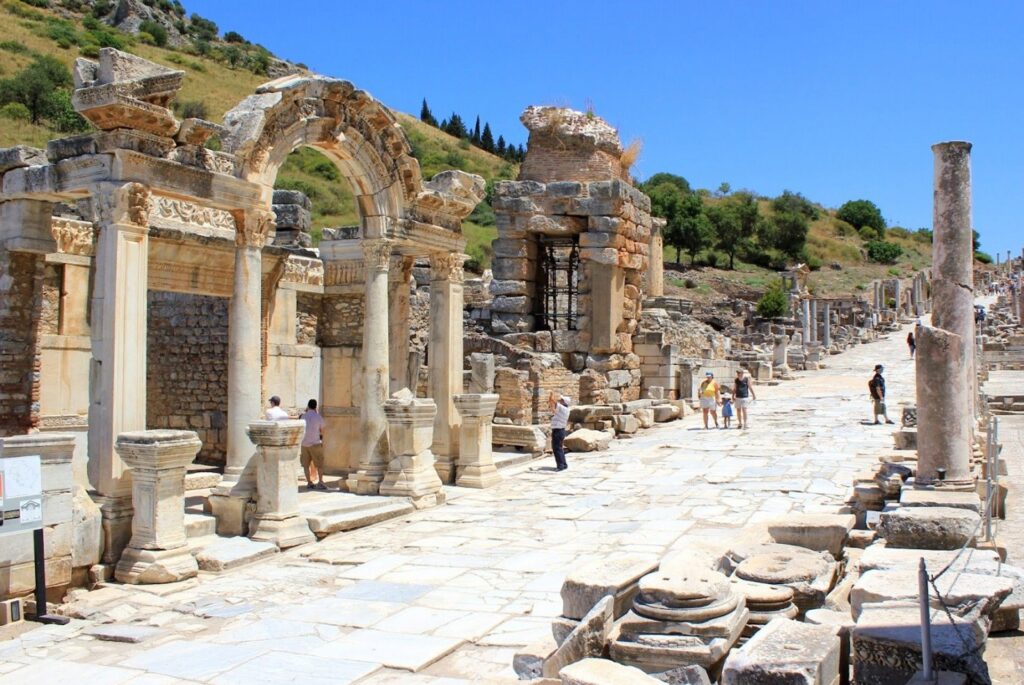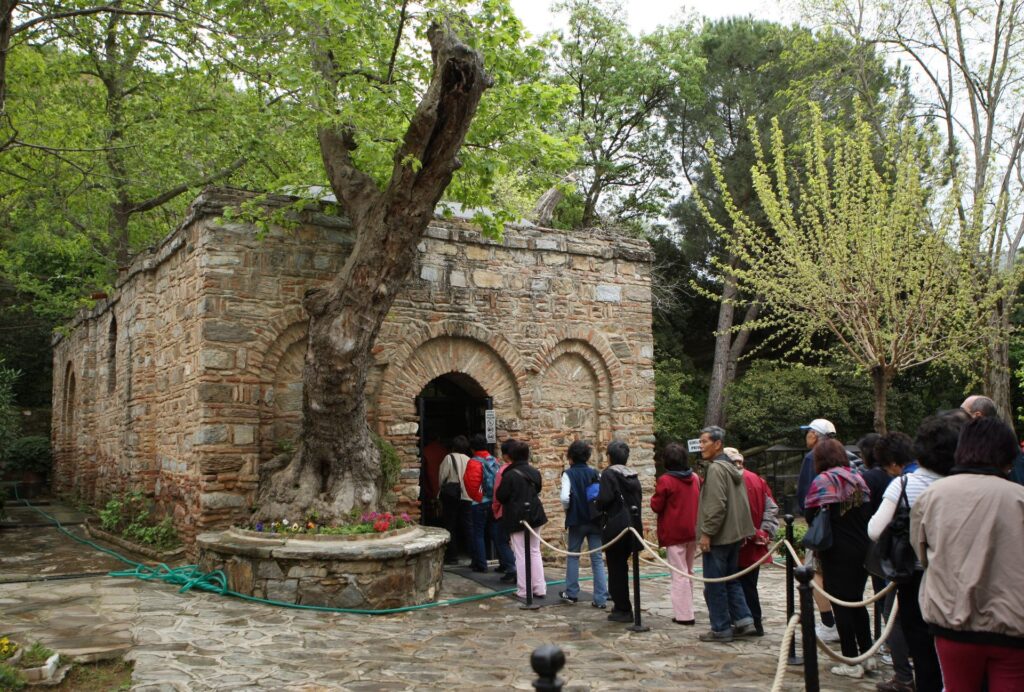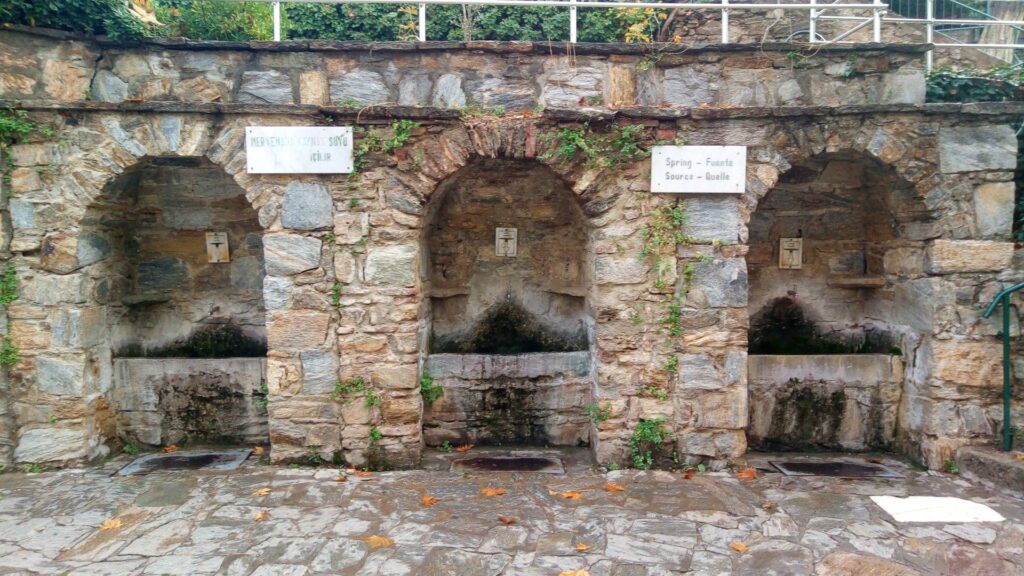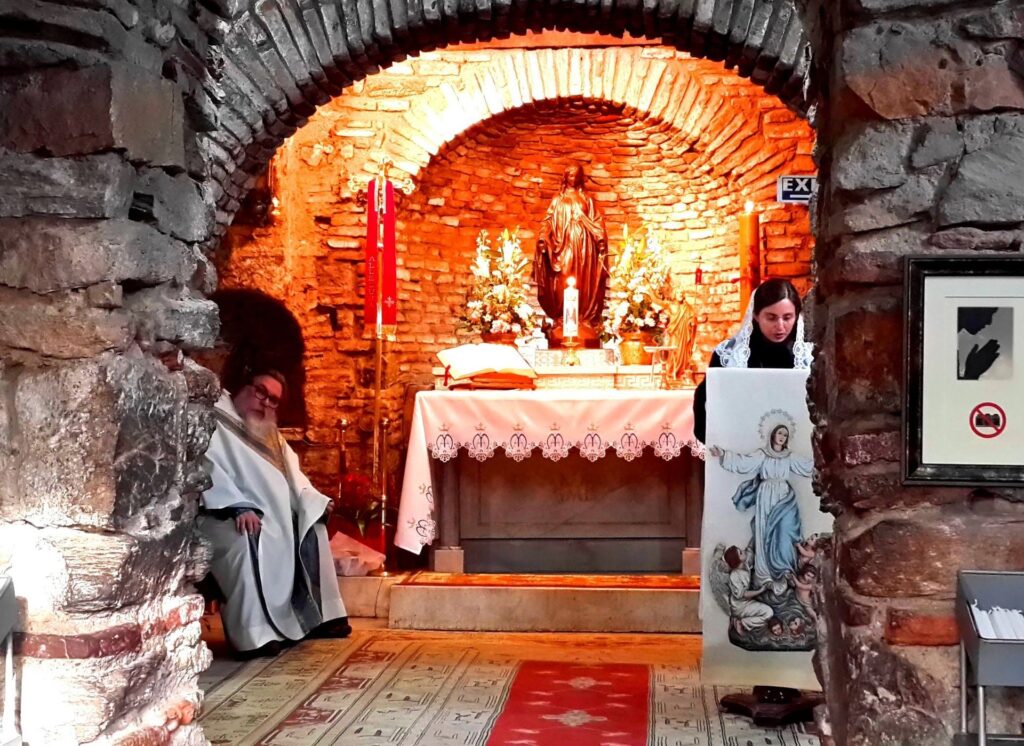EPHESUS
Ephesus is one of the largest and most impressive ancient cities in the world and is one of Türkiye’s most significant ancient cities. Its cultural and historical significance was highlighted in its addition to the UNESCO World Heritage Site list in 2015. The remains of the city lie just 80 km inland from the popular seaside city of İzmir and close to the charming towns of Selcuk and Sirince.
Ephesus has been a city since neolithic times, but it came to full prominence under the Roman Empire, as the capital of Asia Minor. As the second most important city of the Roman Empire, Ephesus grew and prospered. Its populace was largely educated and wealthy, while its buildings were richly decorated and celebrated the interests and the good fortune of its inhabitants. Today, visitors come to see the city’s impressive historical imprint for themselves.
The city came to prominence under the ancient Greeks, who built the famed Temple of Artemis, one of the Seven Wonders of the Ancient World. Though only one column remains of the temple today, it was said to be very grand and impressive indeed.
After ebbs and flows in the city’s fortunes, Ephesus became a city under Roman rule in 133 BC and the Capital of Asia Minor in 27 BC. This is seen as a historical turning point for the city, which truly flourished and became second in importance only to Rome within the vast Roman Empire.
Ephesus is also an important site for Christian history in the region. It was here that St. Paul wrote “First letter to the Corinthians” and St John is said to have written his Gospel. Ephesus is believed to be the final resting place of Mary and one of the most visited sites is St Mary’s Basilica. Ephesus, one of the biggest and most important Roman cities, is still under excavation and study. Visitors to the site will be truly impressed by the grandeur of the ancient city.
Library of Celsus
Library of Celsus is one of the most beautiful structures of Ephesus and the facade of the library has been carefully reconstructed from original pieces and looms large over the city. Originally built in 125 AD in memory of Tiberius Julius Celsus Polemaeanus, an Ancient Greek who served as governor of Roman Asia 105–107 AD in the Roman Empire. Celsus paid for the construction of the library with his own personal wealth and is buried in a sarcophagus beneath it.
The Amphitheatre
The impressive open air amphitheatre with a capacity of 25.000 is believed to be the largest in the ancient world. Initially used for dramatic performances, there are evidences that it was later used for gladiatorial fights.
The Odeon
The Odeon which was constructed around 150 AD by Publius Vedius Antoninus and his wife is a small roofed theatre and one of the finest architectural wonders of ancient Athens. The Odeon hosted plays and concerts and had seating for an estimated 1.500. The structure features Corinthian-style pillars made of red granite and you can still see the steps leading up to the stage.
Temple of Hadrian
The Temple of Hadrian dates back to the 2nd Century, underwent repairs in the 4th Century and was ultimately recreated from surviving architectural fragments into what we see today. The originals are housed in the Ephesus Archaeological Museum.
The Temple of the Sebastoi
Also called the Temple of Domitian, this temple was dedicated to the Flavian dynasty and was one of the largest in the city. The Temple was first dedicated to Domitian, after the Emperor, but later re-dedicated the Temple to Vespasian, Domitian’s father. Today, the stairs are still visible, hinting at the grandeur of the structure.
Aqueducts
Ephesus had one of the most advanced aqueduct systems in the ancient world. At least 6 aqueducts of various sizes supplied different areas of the city, including water mills, a saw mill and of course, a number of bath complexes.
Agoras
As a wealthy city, Ephesus had a number of agoras, some for daily wares and others for grander matters of state. Throughout the site you will find many agoras, carefully restored and reconstructed.
Basilica of St. John
This Basilica was built in the 6th Century AD by Emperor Justinian I. Now, close to the town of Selcuk, this ancient church is said to have been built over St John’s tomb.
These are a mere smattering of the sights to be found amongst the many treasures of Ephesus.
THE HOUSE OF THE VIRGIN MARY
Shrine of the Virgin Mary – St. John’s Basilica – Temple of Artemis, Ephesos – Şirince Village
The Council of Ephesos (AD 431) decreed that the Virgin Mary spent her last years in the vicinity of Ephesos. From Ephesos, St. John the Apostle traveled throughout Asia Minor. Going back in time, the earliest pilgrims arrived to worship the Anatolian goddess known as Kybele. Later, this deity merged with the Greek goddess Artemis and was venerated at the great Artemision as Ephesian Artemis, attracting pilgrims from all across the Mediterranean region. These ancient cults of female deities were later echoed in the worship of Mary, mother of Jesus, who is believed to have spent the last years of her life in Ephesos. St. John the Apostle was buried on Ayasuluk Hill in the town of Selcuk, where an impressive basilica was built by Byzantine Emperor Justinian in the 6th century.
According to this tradition, Mary arrived in Ephesos together with St. John and they spent the last years of their lives here. When Lazarist priests discovered the house following a vision of Anne Catherine Emmerich, they discovered that the locals of the nearby village of Şirince had been celebrating the “Dormition of Virgin Mary” at this spot for centuries. Today, the House of the Virgin Mary (Meryem Ana Evi in Turkish) can be visited along with the Holy Spring in the vicinity and the historic Wall of Wishes.

